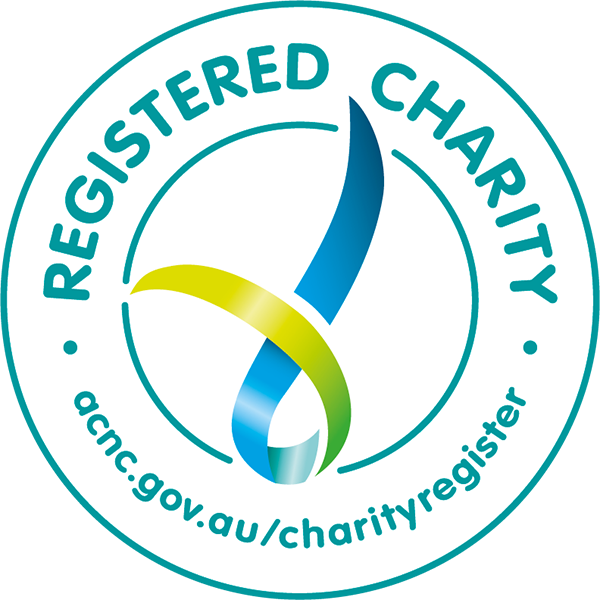When babies are born sick or prematurely, they may need to spend time in the Neonatal Intensive Care Unit (NICU). Premature babies often require extra time to develop their lungs and other vital organs.
The NICU environment can be overwhelming at first. It’s usually noisy, and babies may have wires and other devices attached to them. If you haven’t had much time with your baby before they were taken to the unit, it’s natural to feel worried. Don’t hesitate to ask the neonatal staff about the equipment your baby is using—they are there to help and explain everything to you.
Here is a list of a few pieces of equipment commonly used in the NICU.
Incubators
There are two types of incubators: open and closed. Both provide a safe place for babies to develop their vital organs. Incubators create an environment that can be adjusted to provide the ideal amount of light, humidity, and oxygen.
Open Incubator
An open incubator is open above your baby. It monitors your baby’s vital signs and controls their body temperature. Because the top is open, it’s harder to control humidity and protect against some germs. Open incubators are ideal for babies who need to be warmed for a shorter time and still need their vital signs monitored. They also allow for easier skin-to-skin contact.
Closed Incubator
A closed incubator, also known as a humidicrib, surrounds your baby. It has round holes on the side that help control humidity and heat while allowing you to touch your baby. This type of incubator is ideal for babies who need extra germ and humidity control.
Breathing Machines (Ventilators)
Sometimes babies need extra help to breathe, especially if they were born very early. A ventilator is a machine that helps your baby breathe. Your baby is connected to the ventilator through a tube inserted into their windpipe via their mouth or nose.
Monitors
To monitor your baby’s vital signs, doctors and nurses may use various devices:
Chest Leads/Vital Signs Monitor: Chest leads are attached to your baby’s chest with small, painless stickers and are connected to a machine that monitors heart rate and breaths.
Intravenous (IV) Drip: An IV drip is used to administer medications and fluids. A small cannula is inserted into a vein (usually on the hand, arm, or leg) with tubes attached.
Blood Pressure Cuff: A small blood pressure cuff is used to monitor your baby’s blood pressure.
Pulse Oximetry: A pulse oximeter is a small, painless device taped to your baby’s fingers or toes to measure their blood oxygen level.
Feeding Tubes
Premature babies often can’t breastfeed or take a bottle until they are older but still need to grow. A feeding tube is inserted through the nose or mouth into the baby’s stomach. Formula or breast milk is given through the tube to help the baby grow.
Phototherapy Lights
Phototherapy lights are special lights used to treat jaundice in newborn babies. Your baby's jaundice level will be checked by a specialist nurse or doctor. If the level is too high, a small amount of blood will be taken and tested to confirm.
If your baby needs phototherapy, they will be placed under the overhead light in their cot or incubator, with their eyes covered. It is important for your baby to remain under the phototherapy light as much as possible during the day. They will be monitored during treatment, and their blood will be taken a few hours after treatment to check their levels.
Although these machines may look and sound overwhelming, they help specialists care for your baby. If you feel overwhelmed, please ask a member of the NICU staff to explain what each machine does.
For further information on equipment used in the NICU:
This information has been reviewed by Neonatologist, Dr John Smyth.
Disclaimer: This information by Running for Premature Babies Foundation is educational and informative in nature and is not medical advice or a healthcare recommendation. For further information, please Contact Us.








